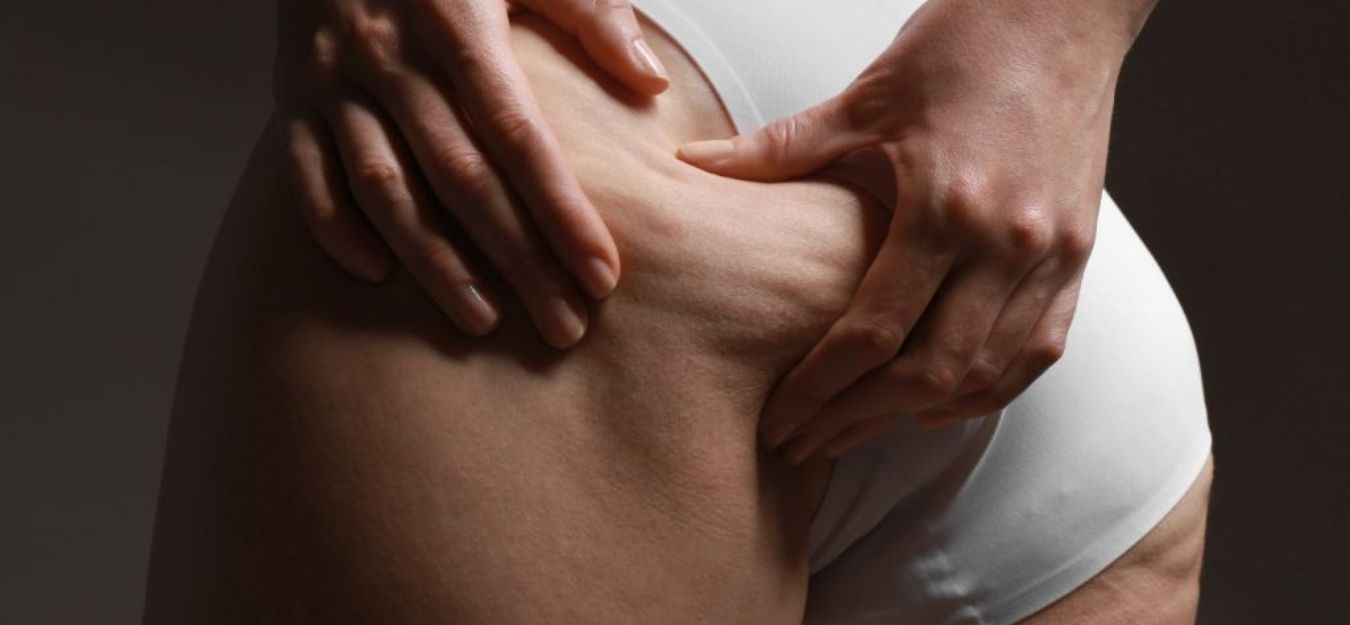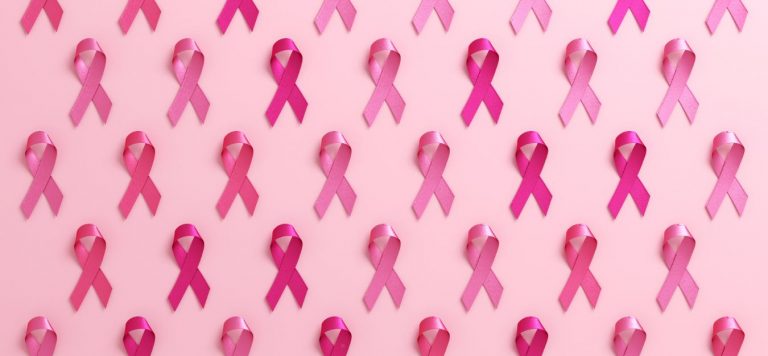Insights for Diagnosis and Treatment
What happens in the body can have a direct impact on the appearance of our skin. Today we’re going to discuss two conditions that can impact what our skin looks like, cellulite and lipedema. Both tend to cause dimpled, uneven or bumpy skin, but there are some key differences to note. Below we’ll outline everything you need to know about the similarities and differences between lipedema and cellulite and whether you need to seek treatment.
What is Cellulite?
Cellulite is a common skin condition that is caused by the interaction between body fat and connective tissue and the skin. Typically what happens is fat cells will try to push up toward the skin while the connective tissue tries to pull it downwards, leading to the dimpled skin characteristic of this condition. It is completely cosmetic and poses absolutely zero health risks whatsoever. Cellulite skin tends to look a little lumpy and uneven, though it can range from mild to more visible depending on different genetic or lifestyle factors.
Cellulite doesn’t just appear in individuals who are overweight but can show up in anybody. You’ll tend to see it occur mostly around the buttocks, thighs, hips and belly, though it can be found in any areas with dense fat deposits, including the upper arms. Some individuals may be more genetically predisposed to cellulite than others.
While cellulite doesn’t cause health concerns, there is a lot of negative and misleading messaging about this incredibly natural physiological condition. Many believe that it is a sign of excess body weight and wrongly believe that exercise can help to reduce its appearance. However, it has less to do with how much body fat you have and more with how collagen and connective tissue are distributed and held down. If you do feel self-conscious about your cellulite, there may be some treatments you can try, including:
- Retinol or caffeine creams may help thicken and tighten the skin respectively, possibly reducing the appearance of cellulite.
- Medical interventions such as laser procedures, subscision, vacuum-assisted precise tissue release or acoustic wave therapy.
- Lifestyle interventions such as collagen supplementation, healthy diet and exercise may improve the appearance of cellulite, but as mentioned above, there needs to be a targeted exercise or dietary intervention that will have a guaranteed effect.
What is Lipedema?
Much like cellulite, lipedema can cause the skin to look bumpy, uneven and dimpled. However, in addition to the physical appearance, the skin is also swollen, can feel spongy or sensitive and is prone to bruising. This difference is because lipedema is not solely a cosmetic issue, but is considered a medical condition, specifically a loose connective tissue disorder in which fat is abnormally deposited beneath the skin. Left untreated it can lead to chronic pain and feel incredibly uncomfortable.
Like cellulite, lipedema commonly occurs on the thighs, hips, buttocks and arms. However, the key difference here is that there is a progression of the disease where it can become more painful and the limbs can become increasingly swollen and painful as time passes. Common signs that you are dealing with lipedema and not cellulite include:
- Sensitive skin.
- Skin that has a spongy texture.
- Bruising easily in the affected areas.
- Swelling that happens symmetrically in the arms and/or legs.
- Excess or an increase in varicose or spider veins.
- Pain in the limbs is consistent and may change throughout the day. Possibly, you’ll notice that certain activities or exercises can make it feel worse.
- May eventually impact mobility.
While doctors are still unsure exactly what causes lipedema, there may be a hormonal connection with some research that has found that it flares during puberty, pregnancy, menopause or other periods of hormonal change.
How Do You Treat Lipedema?
Treating lipedema is not as simple as losing weight and exercising, though some simple interventions may help depending on the stage of the disease. Once you receive a diagnosis, your doctor will work with you to develop a plan that is suited to the stage, symptoms and severity of your condition. To start they may recommend:
- An anti-inflammatory diet, supplements and medications can help with swelling and pain.
Exercise can help improve mobility and decrease swelling. Swimming is often recommended as a safe and gentle exercise for lipedema. - Compression socks, bandages or stockings can help to reduce discomfort, pain and swelling.
Topical skin moisturizers keep the skin soft and prevent dryness or pain.
Lymphatic drainage massage can help to move lymph from the affected area. - Complex decongestive therapy combines a lymphatic drainage massage with a post-massage compression wrap.
Depending on the progression of the disease and its impact on quality of life, more intensive and invasive interventions may be required. These interventions include:
- Liposuction to remove excess fat cells.
- Surgical debulking is often reserved for the most advanced cases but may be required depending on symptoms and severity.
As you can see there are several similarities between cellulite and lipedema, insofar as they both involve fat deposits under the skin which can cause skin to appear dimpled, lumpy and uneven. However, while cellulite is a completely harmless cosmetic condition, lipedema is a medical condition that often requires treatment and intervention to prevent complications. If you are experiencing dimpled skin on the arms and legs combined with pain and swelling, contact your doctor to run tests so you can seek appropriate treatment.
If you're worried about your sagging skin, there are some great collagen supplements you can take.

